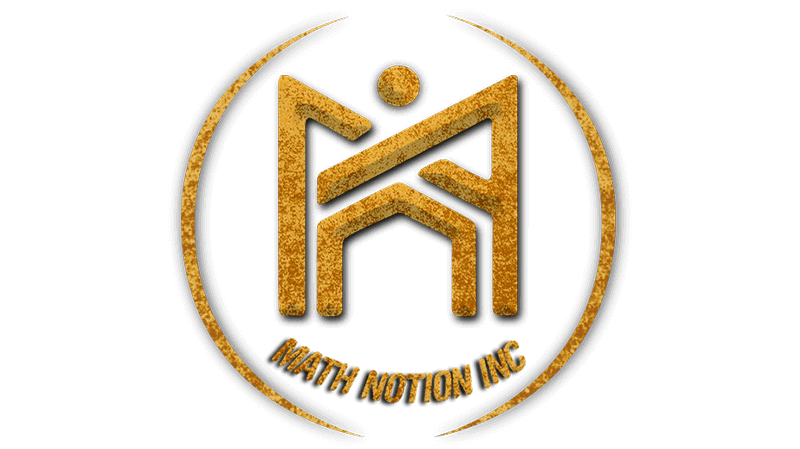
Study Time: 2minutes
Expert Advice on Making Math Fun
Math can be a challenging subject, but it doesn’t have to be boring or intimidating! With a few creative strategies and a focus on hands-on activities, students can experience math as an engaging and enjoyable part of their learning journey. Experts recommend approaches that encourage curiosity, use real-world examples, and emphasize games and interactive activities. Here are some top ways to make math fun, keeping students interested and excited about numbers.
1. Incorporate Games and Puzzles
Games and puzzles are fantastic tools for making math fun. Math-centered games like Sudoku, card games, and logic puzzles develop problem-solving skills and help students see math as a tool for solving real-world problems. Games with math components, like Monopoly or Uno, naturally encourage counting, strategic thinking, and probability, making students forget they’re learning math.
Tip: Try online math games or apps that allow kids to explore arithmetic, fractions, and geometry in a game format.
2. Use Real-Life Math Examples
Using math in real-world contexts shows students how they can use their skills in practical ways. Involve students in activities like cooking (measuring ingredients for fractions), shopping (calculating totals and discounts), or planning a trip (estimating distances and calculating times). This hands-on approach helps students make connections between math and everyday life, which can spark their interest in learning more.
Tip: Encourage students to calculate change, measure items around the house, or estimate costs during family outings.
3. Create Art with Math
Math and art are closely related, especially in fields like geometry and symmetry. Projects that involve shapes, patterns, and symmetry allow students to express creativity while practicing math. Activities like making mosaics, drawing mandalas, and experimenting with tessellations show students the beauty of math in visual forms.
Tip: Try creating math-based art projects, like drawing shapes, making fractal patterns, or designing symmetrical designs, to make math enjoyable and visually appealing.
4. Bring in Technology and Apps
In today’s digital world, technology can play a significant role in making math more engaging. There are many educational apps and websites that turn math concepts into interactive learning experiences. Apps like Prodigy, Math Playground, and Khan Academy offer fun ways to practice math skills through challenges, adventures, and virtual rewards, making learning enjoyable.
Tip: Set aside screen time for educational apps that turn math problems into interactive challenges, helping students build skills while having fun.
5. Encourage Group Activities and Collaborative Learning
Learning math doesn’t have to be a solo activity. When students work in pairs or groups, they can solve problems together, share different strategies, and motivate each other. Activities like math challenges, group problem-solving tasks, or math scavenger hunts can help foster teamwork and make learning math an exciting shared experience.
Tip: Try organizing math-related team activities where students can solve puzzles together or compete in fun math challenges.
6. Celebrate Small Wins and Progress
Celebrating progress—no matter how small—builds students’ confidence and encourages a positive attitude toward math. Acknowledge each achievement, whether it’s solving a challenging problem, improving a test score, or mastering a new concept. This reinforces the idea that progress in math is achievable and that persistence pays off.
Tip: Keep a chart or sticker system to reward students for mastering concepts or completing math challenges, helping them feel proud of their math journey.
7. Use Math Stories and History
Introducing students to the history of math, famous mathematicians, and real-life stories involving math can add depth to their learning experience. Stories about how ancient civilizations used math, or how math helped solve famous problems, can inspire curiosity. Knowing that math has shaped history and technology can make the subject feel more meaningful and engaging.
Tip: Tell stories about mathematicians like Archimedes or Fibonacci to make math relatable, showing students how math has impacted the world.
8. Incorporate Physical Movement
For younger students, combining math with physical activity can make lessons more memorable. Activities like counting steps, measuring distances, or estimating heights and lengths get students moving and reinforce math concepts through physical involvement. Even indoor activities, like using blocks or physical counters, give students a break from their desks while learning math.
Tip: Organize activities like counting while jumping, adding through hand claps, or estimating distances with footsteps to make math more interactive.
9. Create Fun Challenges and Math Mysteries
Turning math problems into exciting challenges or mysteries can build students’ interest. Consider creating math-based scavenger hunts, treasure maps, or escape room challenges where solving math problems leads them to clues or prizes. This approach encourages logical thinking and problem-solving in a game-like environment.
Tip: Design math-based challenges, like finding clues around the classroom or home, where solving each math problem leads to a fun prize or new mystery.
10. Use Humor and Relatable Examples
Adding humor to math lessons, like using fun math jokes or playful examples, helps lighten the mood and reduce math anxiety. Jokes or riddles that incorporate math make the subject feel more approachable and create a positive learning atmosphere. Using relatable examples, like comparing numbers to sports or pop culture, can also make math feel less intimidating.
Tip: Try telling math jokes or using silly examples to explain concepts—like “If you have 12 pizzas and you eat 8, how many do you have left for tomorrow’s party?”
Conclusion
Making math fun doesn’t require complicated changes; it’s about finding ways to make learning enjoyable, relatable, and interactive. By using games, real-world examples, technology, and creativity, math can become a subject that students look forward to. With a little imagination and some practical activities, students can start seeing math as an exciting challenge rather than a frustrating task. And as math becomes fun, confidence and skills grow, leading to a more positive and successful learning experience.



